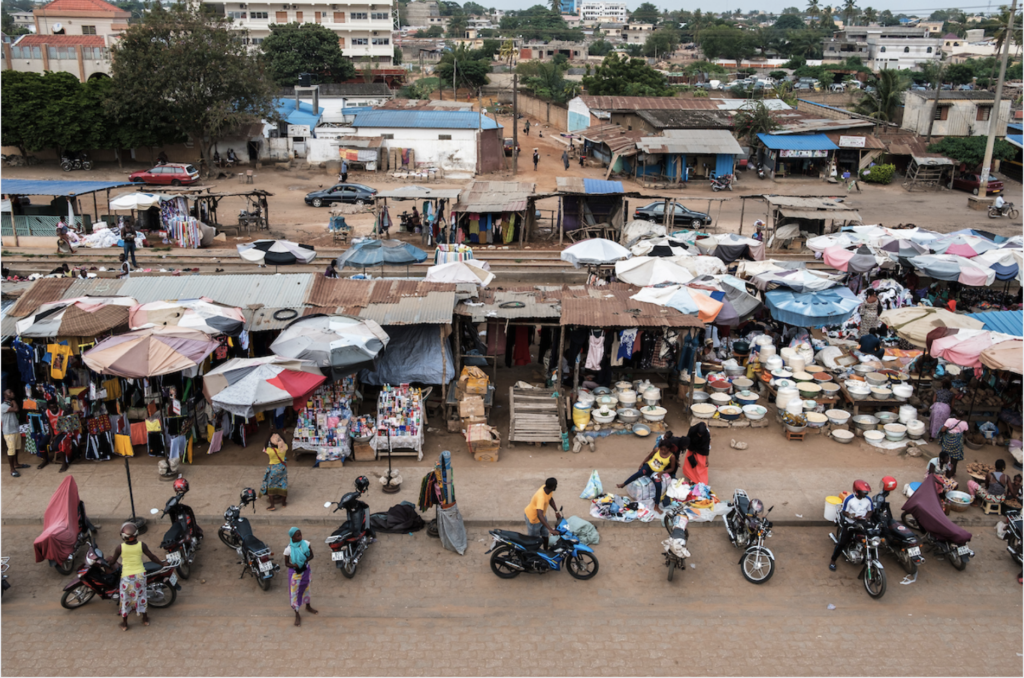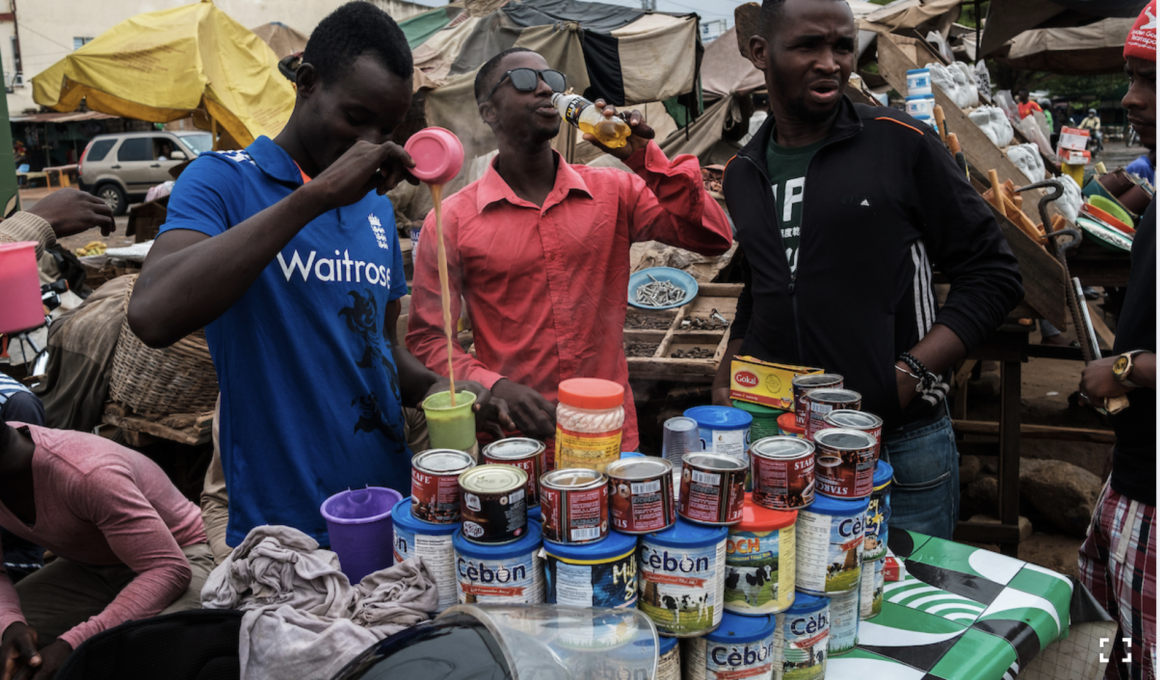Unlike tramadol, step 3 substances such as morphine are internationally scheduled, and countries must put forward annual estimates of their needs. “This is often a problem,” explains Thomas Pietschmann, a drug research expert from the UNODC based in Vienna, Austria.

“Although it is a simple calculation – how many sick there are and therefore how much pain medication is needed – many governments do not want to taint their image,” Pietschmann says. “So they do not declare the actual amount of controlled substances needed by their population, leading to a catastrophic shortage of controlled opiates such as morphine, especially in many African and Asian countries.”
The World Health Organization estimates that 5.5 billion people – around 83 per cent of the world’s population – live in countries with low to non-existent access to controlled medicines and inadequate access to treatment for moderate to severe pain.
The 2019 estimates put forward for Togo, with its population of approximately 8 million, reflect what Pietschmann says. A total of six scheduled substances are on its list, with only three being of any significant amount: 16 g of fentanyl, 2,000 g of morphine and 4,000 g of pethidine. By comparison, in Switzerland, a country with a similar population, the numbers lie at 22,000 g, 1.45 million g and 61,000 g respectively, and its lists includes more than 30 substances in total.
When strong opioid painkillers do arrive in lower-income countries, they can usually only be prescribed and administered by doctors. And there are not enough of them. In Togo, there is only one doctor for every 20,500 people (the Swiss figure is one for 236).
Beyond this, there is a capacity development problem in West Africa. “The number of physicians trained in palliative care management in Ghana is woefully inadequate,” says Maria-Goretti Ane Loglo, a Ghanaian lawyer and regional consultant to the International Drug Policy Consortium, who advises West African governments on drug policy. “The laws are strict, and doctors are afraid to prescribe morphine in case something goes wrong and they have to face the consequences.”
Magnang concurs. Strong opioid painkillers can have severe side-effects, and in his opinion it’s not worth the risk of administering morphine if one doesn’t have the capability to deal with them. In low-income countries there is also a degree of ‘opiophobia’, perhaps as a result of the lack of expertise, and doctors avoid morphine for fear of patients becoming addicted.
Finally, because morphine is internationally scheduled, ordering and selling it involves paperwork and bureaucracy for pharmacies. “In Ghana, according to a number of pharmacy shops we spoke to, the turnover of morphine is less than 2 per cent,” says Ane Loglo. “It’s not worth the trouble. I bring in morphine, it is not prescribed, it stays in the shelves and it expires.”
Magnang worries about what would happen if tramadol fell under the same regulatory framework. According to him there are already too few step 2 choices.
“If one hardens the regulations such that we don’t have access to tramadol, I think it would reduce the scope of doctors’ options,” he says.







